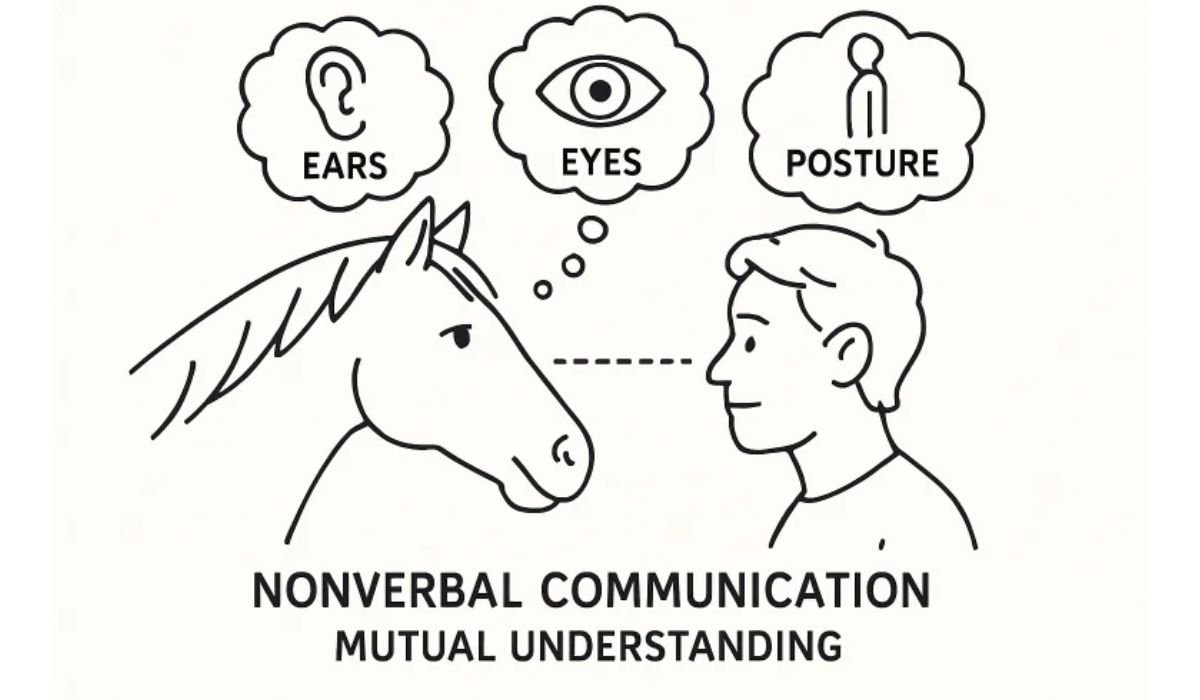Table of Contents:
- What Is Tooth Bonding?
- Average Lifespan of Tooth Bonding
- Factors That Affect Bonding Longevity
- Best Practices to Extend the Life of Bonding
- When Repairs or Replacements Are Needed
- Final Thoughts
What Is Tooth Bonding?
Tooth bonding is a cosmetic dental treatment used to repair and enhance teeth affected by chips, cracks, discoloration, or minor misalignments. The procedure involves applying a tooth-colored composite resin shaped and hardened to match the surrounding teeth. It’s minimally invasive and requires minimal enamel removal, making it a popular choice for anyone seeking fast, affordable smile improvements. Access to professional tooth bonding services ensures that the process is performed using high-quality materials and expert techniques, resulting in natural-looking and long-lasting results.
Average Lifespan of Tooth Bonding
On average, tooth bonding lasts between 3 and 10 years before a touch-up or replacement might be needed. The material used in bonding is strong but not as durable as enamel or ceramic restorations like crowns or veneers. According to the American Dental Association (ADA), the longevity of bonding is largely affected by lifestyle, diet, and oral hygiene practices. While bonding provides beautiful, immediate results, it’s important to recognize that its lifespan will vary from person to person.
Factors That Affect Bonding Longevity
Several factors play a role in how long your dental bonding remains intact. Everyday behaviors, such as biting fingernails, chewing on pens, or using your teeth as tools, can cause the bonded resin to chip or break prematurely. Consuming foods and drinks with deep pigments—like coffee, tea, red wine, or berries—may lead to staining over time, as bonding material is more porous than natural enamel. Grinding or clenching teeth can also stress the bonded area, reducing lifespan. Regular visits to North Orange Family Dentistry or your local dentist are essential to detect early signs of wear and make necessary repairs. With proper care and maintenance, dental bonding can last 3 to 10 years before needing touch-ups or replacement.
Best Practices to Extend the Life of Bonding
There are practical steps you can take to make your bonding last longer. Daily brushing and flossing are a must, as well as using a soft toothbrush and non-abrasive toothpaste to avoid scratching the composite resin. Limiting highly pigmented foods and drinks helps prevent discoloration. If you notice a habit of clenching or grinding, a custom mouthguard may be recommended, especially for nighttime wear. It’s also critical to avoid biting on non-food items or using your teeth to open packages. Scheduling routine exams and cleanings, as your dentist recommends, will keep bonded teeth in top condition and allow any issues to be addressed promptly.
When Repairs or Replacements Are Needed
Even with attentive care, bonded teeth may require occasional repairs or replacement as the years pass. Bonding may chip or wear down, but the good news is that maintenance is usually straightforward. The process of repairing or reapplying resin is minimally invasive and can often be completed in one visit. If significant loss or discoloration occurs, your dentist may discuss alternative options, such as veneers or crowns, for a more permanent enhancement.
Final Thoughts
Tooth bonding offers an attractive, cost-effective way to restore and enhance your smile, boasting a lifespan that can meet most patients’ needs with simple care strategies. By following sound dental habits, making wise lifestyle choices, and partnering with trusted professionals for regular checkups, you can enjoy the cosmetic benefits of bonding for many years. If you’re considering this treatment or have questions about maintaining your smile, consult a dental expert to find the best approach for your unique needs.
YOU MAY ALSO LIKE: Smart Habits for Maintaining Strong Oral Health Throughout Your Life











